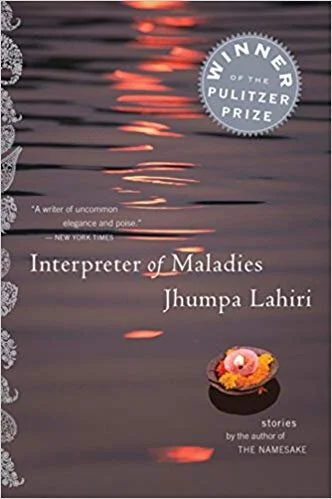To Kill a Mockingbird
Recently, I re-read To Kill a Mockingbird. Not to be confused with Tequila Mockingbird—a book of cocktail recipes related to literary works that I highly recommend. Mix 3 ounces of grapefruit juice with 1.5 ounces of rye whiskey, and you have yourself a “Rye and Prejudice”.
If you went through the American public school system, you’ve probably read this book. If you’ve read this book, you probably loved it. If you didn’t, you’re a monster.
Fine, I take it back. No literary prejudices here-- Atticus Finch wouldn’t like that. In fact, because Atticus embodies integrity, courage, and righteousness, he doesn’t condone any kind of prejudice. Atticus—the parent of Scout (the narrator) and Jem—serves as the moral compass for the novel. Although he’s portrayed a little overly idealistic, I don’t mind. I like the pleasant portrait of a single father raising his kids to be thoughtful and kind despite societal pressures. Sue me!
Harper Lee spends a long time carefully crafting the setting to show readers how the Maycomb townsfolk are stuck in their 1930s ways. Children inherit the sins and glories of their ancestors and they’re judged by the family name. So, racial biases—especially in rural Alabama—are particularly hard to shake off. When Atticus defends Tom Robinson, a black man, he’s asking a group of stubborn people to radically change their mindset. It goes without saying that this is not entirely well-received.
Telling the story from the perspective of a child (Scout) is ingenious. Scout observes the town and its enforced stereotypes about class, race, and gender through the lens of youthful innocence with a comical matter-of-fact voice. She possesses unique wisdom; she’s un*adult*erated by the cynicism that accompanies getting older. She has yet to witness a grown woman shitting on the subway. She hasn’t had to cope with the rising price of avocado. She’s pure.
There are plenty of bases for discussion in To Kill a Mockingbird, as well as an array of interesting characters worth exploring, which is why the novel has found such success. A conversation about the compassion of Boo Radley—the town’s mysterious recluse—is just as lively and enriching as a chat about the severe pride of Mrs. Dubose—a mean, dying old lady. I think that Harper Lee gives us an assortment of characters to underscore that we’re all one and the same, trying our best. Just typing that sentence makes me nauseous, but she’s able to accomplish the thematic life lesson without being cheesy. Mmmm cheese.
I’m not the first person to praise Harper Lee for her work, so I’m unashamedly adding myself to her list of admirers. While I never discourage reading at an early age, I’m sometimes uneasy with the idea of assigning “classic” literature to students, because I fear that they won’t be old enough or won’t care enough to appreciate them. I’ve always been a reader, but it wasn’t until I hit my twenties that I started to value books in a deep, three-dimensional way. Are we scaring off teenagers when we assign them Moby Dick? To Kill a Mockingbird is an exception. I think it’s an excellently written book, accessible to all ages, and a thought-provoking platform to jumpstart genuine dialogues about important, relevant subjects. Thus, To Kill a Mockingbird receives 5 out of 5 flames.
PS: I’ve also reviewed Harper Lee’s controversial novel, Go Set a Watchman.
If you enjoyed this review, please consider purchasing this book from my Amazon Associates link: https://amzn.to/2Rhfb9X. The commissions I receive from your purchase help pay for the costs of running this website. Thanks for your support!


